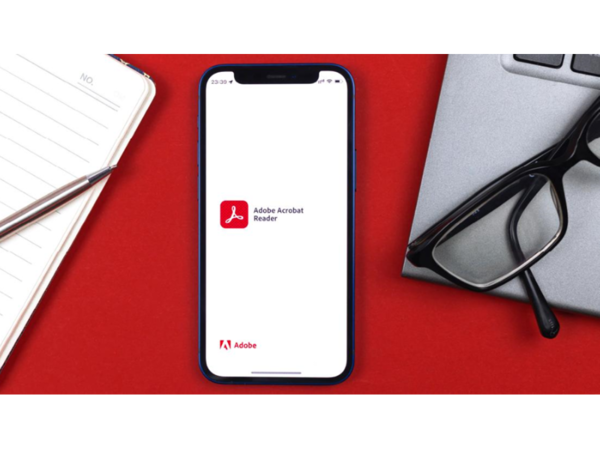In today's digital age, understanding different file formats is crucial. JPGs (or JPEGs) and PDFs are among the most widely used. JPGs are often used for signatures or screenshots. Converting a JPG to a PDF and sharing it can help maintain image quality and provide a user-friendly experience.
Many tools are available for converting JPG to PDF, but Adobe Acrobat is a popular and reliable choice. It converts files without compromising quality. Here’s a step-by-step guide on using Adobe Acrobat for this conversion.

JPG stands for Joint Photographic Experts Group. It’s commonly used to compress detailed images, making them easier to share. This format is ideal for blog posts, social media, and emails.
PDF (Portable Document Format) is versatile, accommodating images, official documents, and more. Its universal compatibility across devices makes it a global standard. PDFs also preserve image quality, even when dimensions increase.

Note: The image to PDF conversion feature is not free on the smartphone version.
Yes, many online and offline tools offer free JPG to PDF conversion.
Adobe Acrobat is a reliable tool for accurate PDF editing. Upload the file, make the necessary changes, and click "Correct Suspect" to finalize the edits.
Use a browser on your smartphone to access an online JPG to PDF conversion tool. Upload the file, and in most cases, it will automatically convert. If not, tap the command button for conversion.
Newer articles
 Vijay Officially Named TVK's Chief Minister Hopeful for Tamil Nadu's 2026 Election
Vijay Officially Named TVK's Chief Minister Hopeful for Tamil Nadu's 2026 Election
 RJ Mahvash Prioritizes Work Over Buzz, Addresses Link-Up Speculation
RJ Mahvash Prioritizes Work Over Buzz, Addresses Link-Up Speculation
 Which Chair Would You Choose? This Personality Test Reveals Surprising Insights
Which Chair Would You Choose? This Personality Test Reveals Surprising Insights
 UNESCO's World Heritage Wonders: Unveiling 10 Iconic Sites, From Petra to the Pyramids
UNESCO's World Heritage Wonders: Unveiling 10 Iconic Sites, From Petra to the Pyramids
 JPG to PDF: A Comprehensive Guide for Graphic Designers & Professionals
JPG to PDF: A Comprehensive Guide for Graphic Designers & Professionals
 Shadman Islam Defends Bangladesh Batters After Day 1 Struggles Against Sri Lanka
Shadman Islam Defends Bangladesh Batters After Day 1 Struggles Against Sri Lanka
 iQoo Z9 Turbo: Rumored Specs Emerge – Snapdragon 8s Gen 3, 6000mAh Battery Highlighted
iQoo Z9 Turbo: Rumored Specs Emerge – Snapdragon 8s Gen 3, 6000mAh Battery Highlighted
 Tick Bite Paralyzes Fitness Influencer: A Wake-Up Call for Outdoor Enthusiasts
Tick Bite Paralyzes Fitness Influencer: A Wake-Up Call for Outdoor Enthusiasts
 5 Often-Missed Warning Signs of Bladder Cancer You Need to Know
5 Often-Missed Warning Signs of Bladder Cancer You Need to Know
 KL Rahul Puts Country First, Prioritizes England Tests Over Newborn Child
KL Rahul Puts Country First, Prioritizes England Tests Over Newborn Child